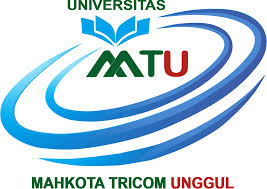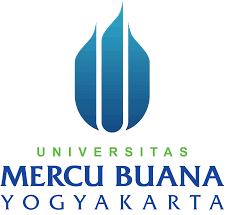The Status of Mandatory Representation for Indigenous Peoples: A Critical Evaluation of Performance and Challenges
DOI:
https://doi.org/10.55927/eajmr.v4i7.267Keywords:
Indigenous Peoples Mandatory Representative (IPMR), Local Policy Guidelines, Social, Economic And Political Development, Philippine ConstitutionAbstract
The Indigenous Peoples Mandatory Representative (IPMR) role, established by national laws like the Indigenous Peoples Rights Act (IPRA) in the Philippines, is a vital link between Indigenous communities and local government, advocating for their needs and rights. The IPMR has the authority to propose ordinances and policies that benefit the community, focusing on areas such as education, healthcare, and cultural preservation. The study utilizes a qualitative approach, using thematic analysis to extract relevant interpretations and results from data gathered through key informant interviews. This study reveals that the Indigenous Peoples Mandatory Representative (IPMR) of the Municipality of Tupi has an active engagement to benefit the IP communities. Further, it also shows the challenges that affect the performance of the IPMR.
References
Carino, J. and Doyle, C. (2013). Making Free, Prior and Informed Consent a Reality: Indigenous Peoples and the Extractive Sector. Piplinks and Middlesex University School of Law, London. Retrieved from https://www.ecojesuit.com/wp- content/uploads/2014/09/Making- FPIC-a-Reality-Report.pdf.
Dolo S., Uy CN, Agdaca J, Vicenio LA, and Valera HJ (2024). Exploring the Experiences of Indigenous Peoples Mandatory Representatives in the Barangay Level, Philippines. Retrieved from Journal of
Underrepresented and Minority Progress, Vol. 8 No. 1 (2024): Journal of Underrepresented & Minority Progress, https://ojed.org/jump/article/view/6345.
Department of Interior and Local Government (2012). DILG MEMO, Retrieved from https://dilg.gov.ph/PDF_File/issuances/memo_circulars/DILG- Memo_Circular-20121113-2d6bf24375.pdf.
Fajilagmago J, Garcia J, Abante M, and Vigonte M. (2025). Barriers and Strategies faced by the Indigenous People Mandatory Representative (IPMRs) in Translating Policy Recommendations into Actionable Programs and Advocacy for the Mindoro Community. Retrieved from
https://papers.ssrn.com/sol3/papers.cfm?abstract_id=5015294.
House of Representatives (2022). Nineteenth Congress First Regular Session. House bill No.1067. Retrived from https://hrep-website.s3.ap-southeast- 1.amazonaws.com/legisdocs/basic_19/HB01067.pdf
National Commission on Indigenous Peoples (NCIP) (2019). Administrative Order No. 1, Series of 2009, National Guidelines for Mandatory Representation of Indigenous People in Local Legislative Councils.
National Commission on Indigenous Peoples (2023) Press Release: NCIP Conducts an IPMR Summit. Retrieved from https://ncip.gov.ph/news/press-release-ncip-conducts-an-ipmr- summit/.
The Philippine Constitution (1987). Article 2 Section 22, Philippine Constitution, Retrieved from https://www.officialgazette.gov.ph/constitutions/1987- constitution/.
The Indigenous Peoples Rights Act (1997). Republic Act No. 8371. Retrieved from https://www.officialgazette.gov.ph/1997/10/29/republic-act- no-8371/.
Vilanueva P, Ramos V, Vollaroman L, and Villanueva A. (2017). Indigenous Peoples Mandatory Representation in the Local Legislative Councils: Status, Challenges and Trajectories. Retrived from https://www.scirp.org/journal/paperinformation.aspx?paperid=81228
Downloads
Published
Issue
Section
License
Copyright (c) 2025 Renz G. Cabca, Joy C. Calva

This work is licensed under a Creative Commons Attribution 4.0 International License.
































